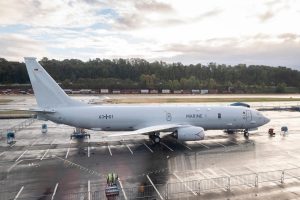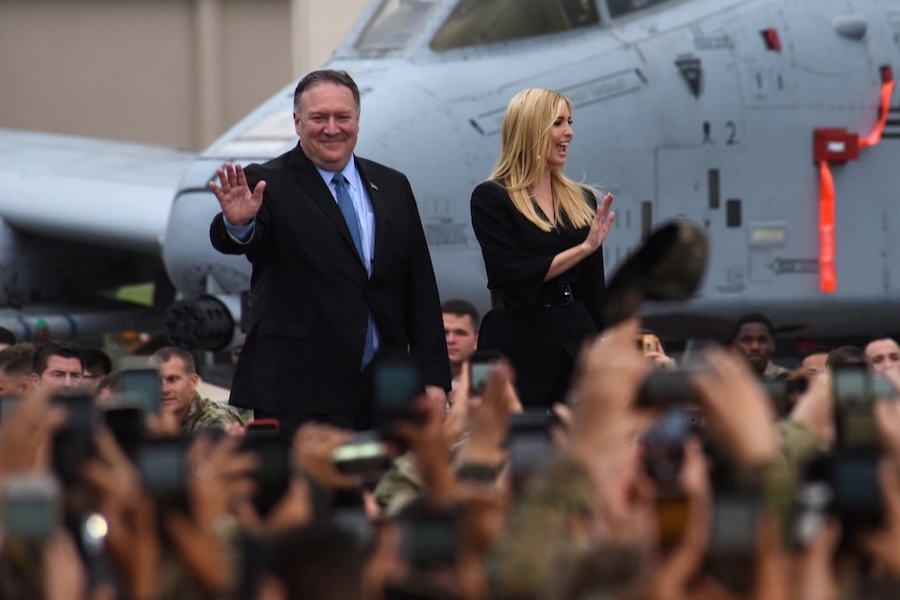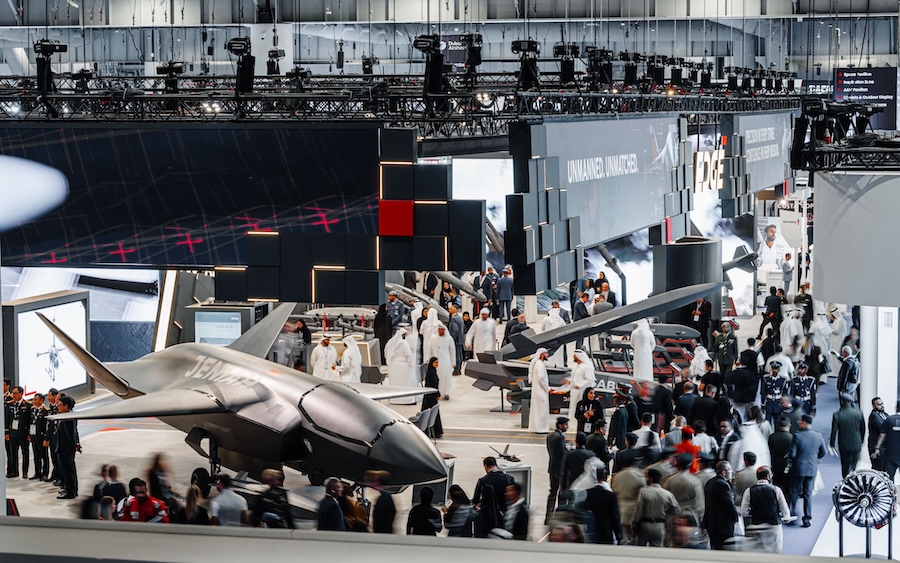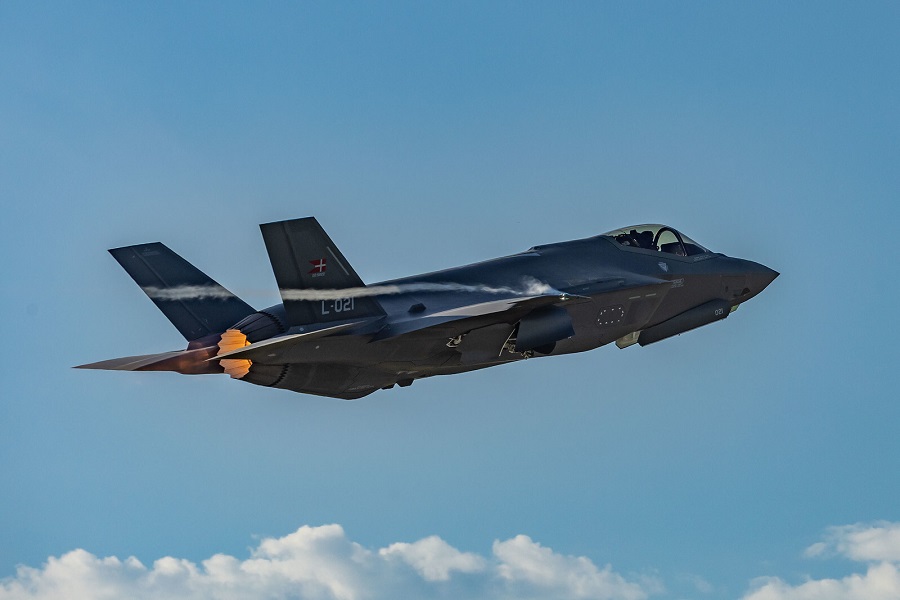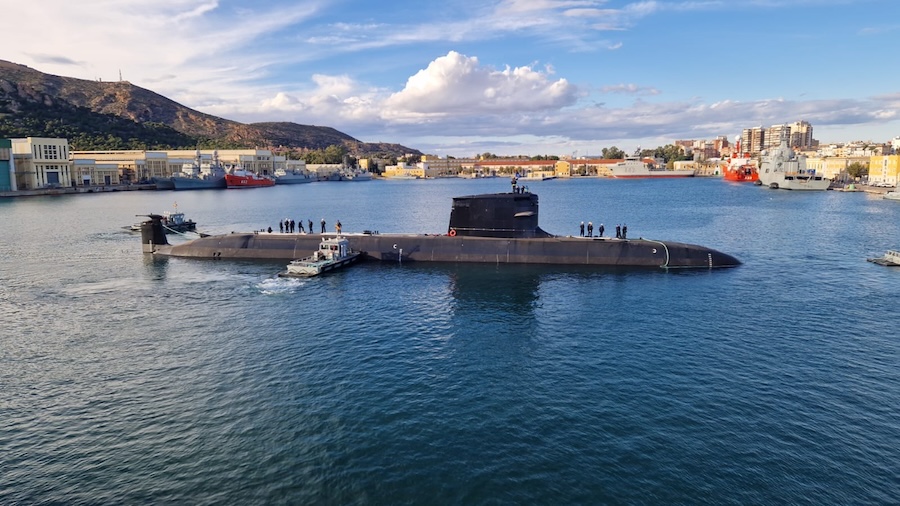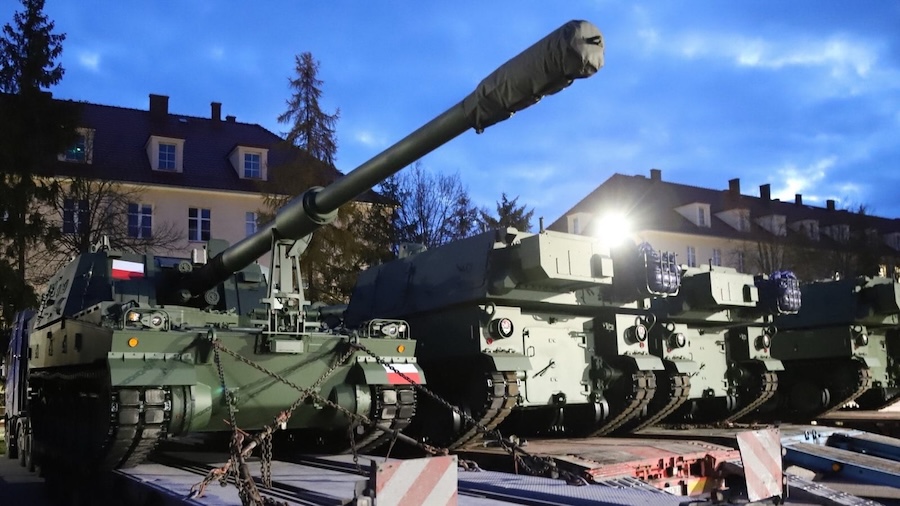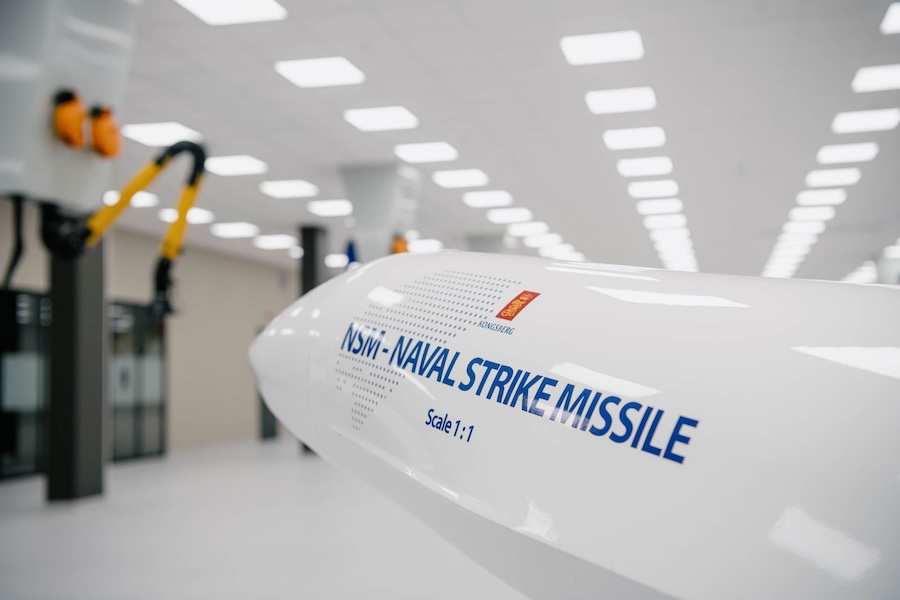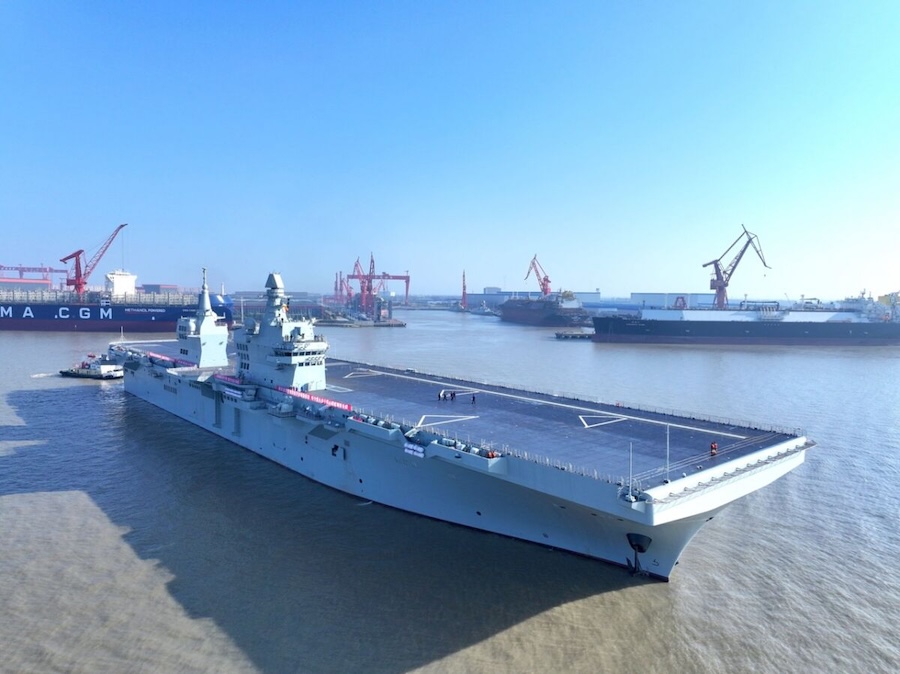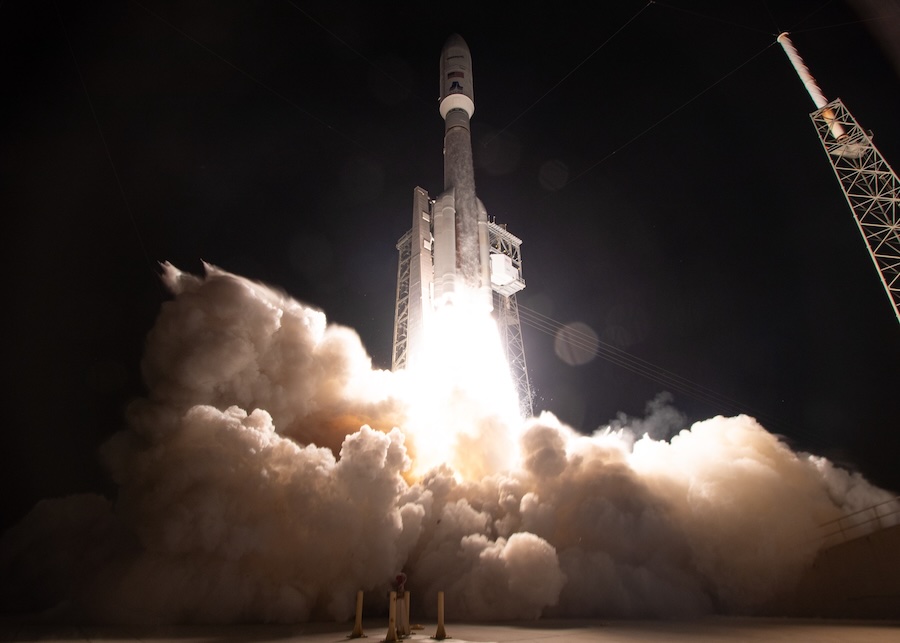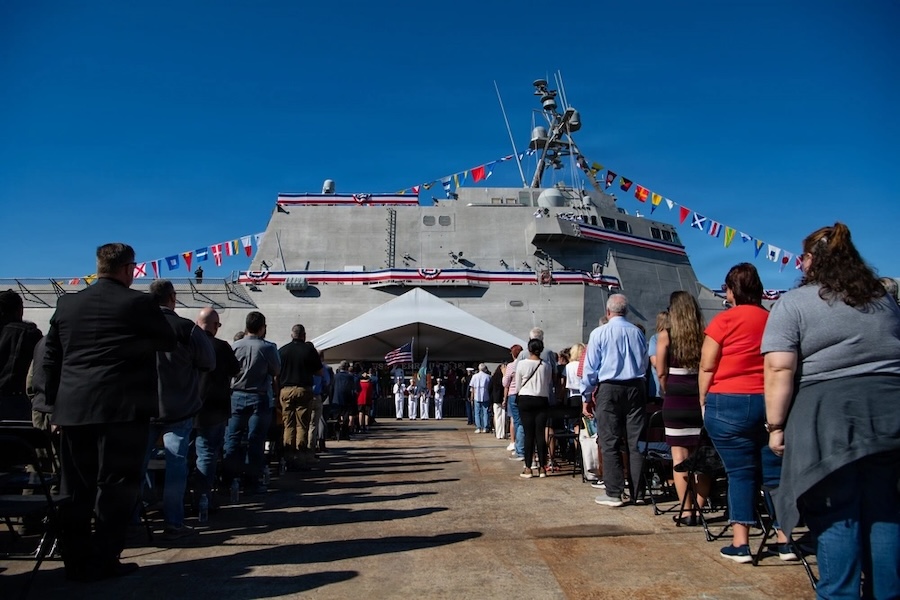This training builds on previous cooperation such as the Tiger Triumph 2025 exercise, where satellite and unmanned systems were used to boost joint communication and warfighting capabilities. The strategic partnership between the U.S. and India is based on shared democratic values and a joint commitment to security, freedom, and regional prosperity.
“Our P-8A crews were proud to fly alongside our Indian partners in this combined detachment,” said Capt. Rodney Erler, commodore of CTF 72. “Maritime domain awareness, which the global network of P-8 aircraft contribute to, is a critical aspect of identifying threats, traditional and non-traditional, that could threaten the stability and security in the region. By working with our allies and partners, we increase our shared maritime awareness to ensure a free and open Indo-Pacific.”
Following the arrival of the Indian Navy’s P-8I to Diego Garcia, U.S. and Indian crews conducted joint operational planning to enhance information sharing and cooperation at sea. The shore phase concluded with a combined flight exercise, including bilateral anti-submarine and communication drills.
Patrol Squadron (VP) 4, part of CTF 72, plays a central role in maritime reconnaissance under the U.S. Navy’s 7th Fleet, supporting regional security through multilateral engagements. U.S. 7th Fleet is the Navy’s largest forward-deployed numbered fleet, regularly working with allies and partners to promote a free and open Indo-Pacific.






